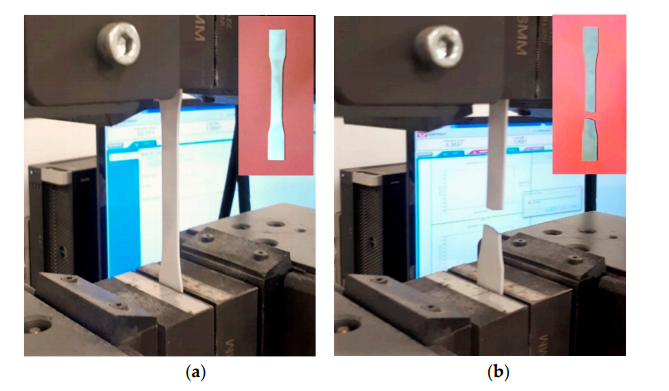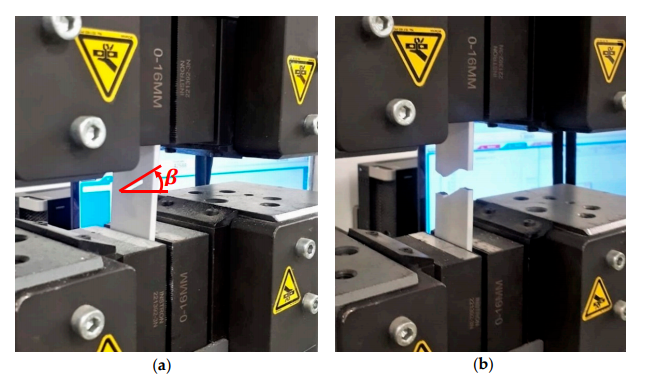Researchers from Australia and Germany are coming together to delve further into one of the most popular topics surrounding 3D printing today: material science. And polymers are often at the top of the list as one of the most used materials in digital fabrication. Here, the researchers outline their findings in the recently published ‘Fracture Resistance Analysis of 3D-Printed Polymers.’
While the benefits of 3D printing are extensive today, and widely expounded upon, so are the continually emerging challenges as researchers, manufacturers, and a world full of users on every level press the limits, according to their project needs or innovative ambitions. Pointing out that FDM 3D printing, SLA, and multi-jet fusion (MJF) are extremely popular, the authors reiterate that these mainstream methods of 3D printing ‘bring quite a number of uncertainties’ with them, and especially in mechanical engineering concepts.
Issues and defects are usually related to material properties, strength, stability in microstructures, and more—requiring experimental tests as well as finite element analysis. Fracture toughness is a concern in applications where mechanical reliability is a must.
“Catastrophic failures often occur due to unstable crack propagations and therefore, study of fracture of components is a vital component of engineering design,” stated the researchers. “In this respect, to address the fracture behavior of 3D-printed plastic components we used FDM and MJF techniques to manufacture notched samples and supported the experimental observations with a failure model.”
Pre-existing cracks may be caused by manufacturing defects in filament, or they may have grown slowly, emanating from surface imperfections or notches, where fracture toughness experiments have proven to be an effective method of evaluation.
For this study, the researchers focus on analyzing the U-notch fracture in 3D printed thermoplastic components. With the goal of offering a new model for failure prediction, they tested rectangular nylon samples fabricated via FDM and MJF modes, using both nylon 12 filament and PA12 nylon powder. A series of tensile tests were performed on the samples and compared with the EMC model.
For FDM 3D printing, 12 nylon samples were created on a Fortus 450mc. An HP 3D printer was used for fabrication of the MFJ PA12 samples.
For tensile tests, dog-bone specimens were created, with strength and modulus determined regarding stress versus grain.
Three modes were available during fracture tests:
- Mode 1 – crack opening – axial normal stress was applied perpendicular to the notch plane.
- Mode 2 – shear mode – shear stress is applied normal to the crack front and parallel to the crack plane.
- Mode 3 – tearing mode – shear stress is applied parallel to the crack front.
Uniform heat was used to create an isotropic solid layer upon fusing the powder.
“The continuous nature of the filament aligned in the direction of the applied stress have resulted in better structural integrity in the FDM samples than that achieved by MJF, thus resulting in significantly higher elongation at break and toughness. However, the mechanical properties of an FDM 3D-printed part is far more complex than it may appear at first glance. It is well established that the FDM specimens are anisotropic with the greater tensile strength in the axial direction than in the transverse direction normal to the bonds,” concluded the researchers.
No matter the notch orientations, every sample created via MJF was brittle, accompanied by flat fracture surfaces. The failure load of the MJF nylon samples was also found to be higher than that of the FDM samples—except for when the inclination angle was set to 60◦.
“Finally, the equivalent material concept (EMC) was combined with the J-integral failure principle to predict the fracture failure of U-notched 3D-printed specimens subjected to tensile loading under mode I and mixed mode I/II loading regimes,” concluded the researchers. “The agreement between the experimental and simulation results proved the EMC-J approach to be capable of successfully predicting fracture in the 3D-printed notched ductile material components.”
Researchers around the world continue to performance analysis of 3D printing, from stress analysis to tensile testing of 4D prints, chemical modifications in bioprinting, and more. What do you think of this news? Let us know your thoughts; join the discussion of this and other 3D printing topics at 3DPrintBoard.com.
[Source / Images: ‘Fracture Resistance Analysis of 3D-Printed Polymers’]Subscribe to Our Email Newsletter
Stay up-to-date on all the latest news from the 3D printing industry and receive information and offers from third party vendors.
Print Services
Upload your 3D Models and get them printed quickly and efficiently.
You May Also Like
Johns Hopkins University Researchers Develop HyFAM Technology
Two scientists from Johns Hopkins University, Nathan C. Brown and Jochen Mueller, have developed a hybrid manufacturing technology they call HyFam, or Hybrid Formative Additive Manufacturing. Their work on this technology...
3D Printing G-Code Gets an Upgrade: T-Code
Good old G-Code still manages many 3D printers, great and small. Just like the STL, it’s a standard that enables collaboration while also holding the additive manufacturing (AM) industry back....
AM Rewind: The Biggest News and Trends of 2024
After a sluggish 2023, driven by persistent inflation and geopolitical tensions, 2024 has seen some recovery. Economic growth climbed from about 2.8 percent in 2023 to a modest 3.2 percent...
Metal Wire 3D Printer OEM ValCUN Announces Plans for 2025 Expansion
ValCUN, a Belgian original equipment manufacturer (OEM) of wire-based metal additive manufacturing (AM) hardware, has announced that the company has entered the next phase of its growth trajectory, making key...





































